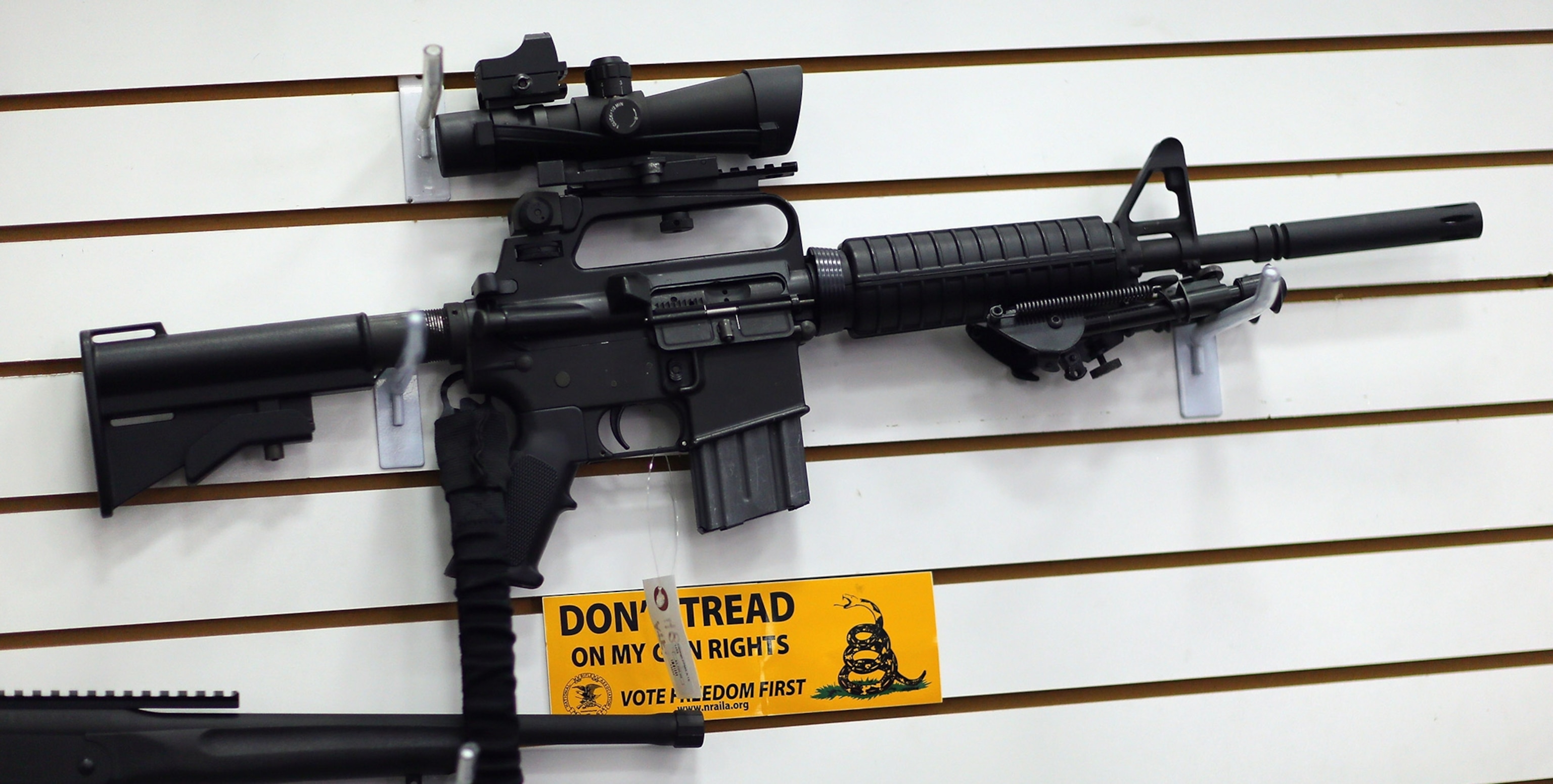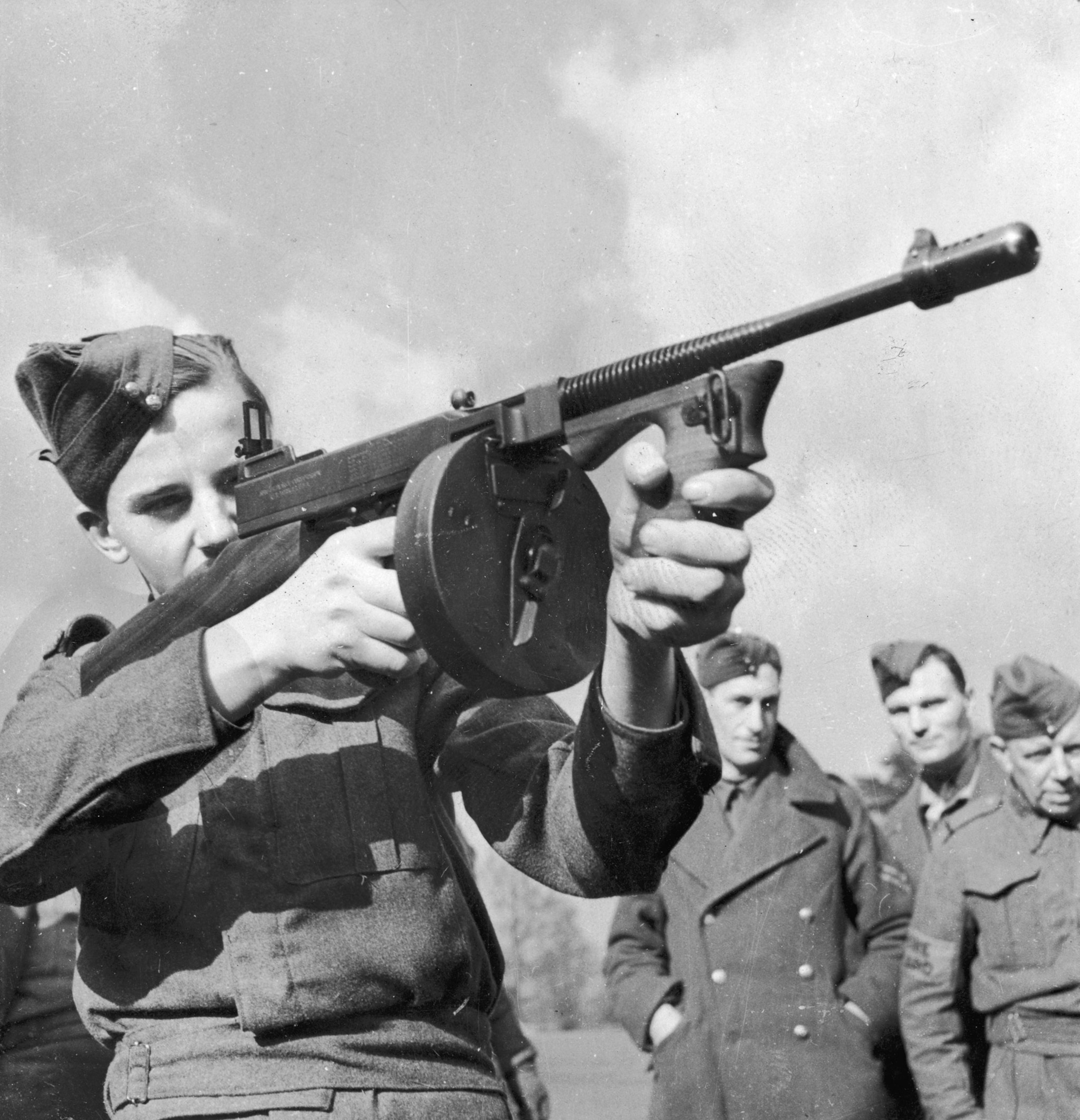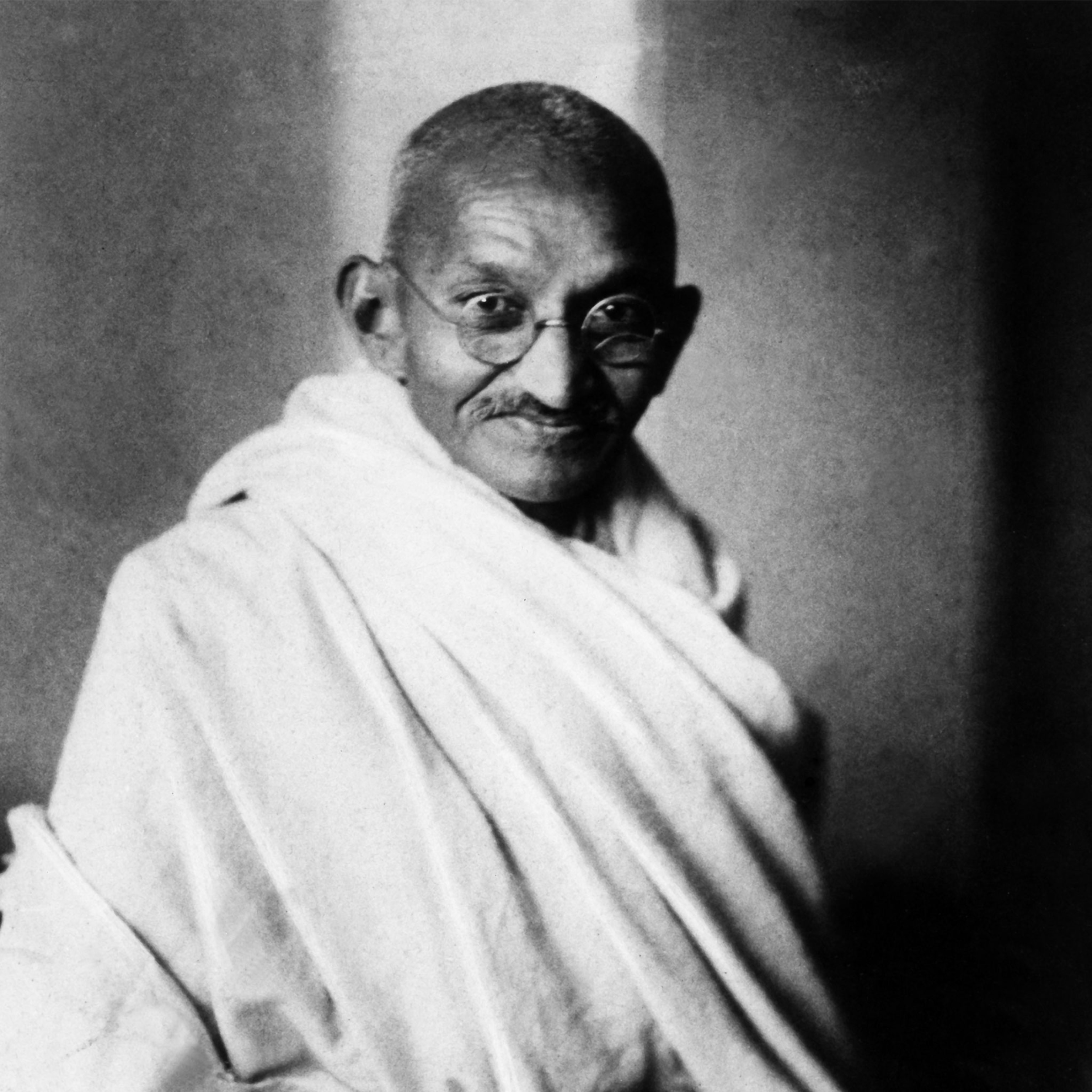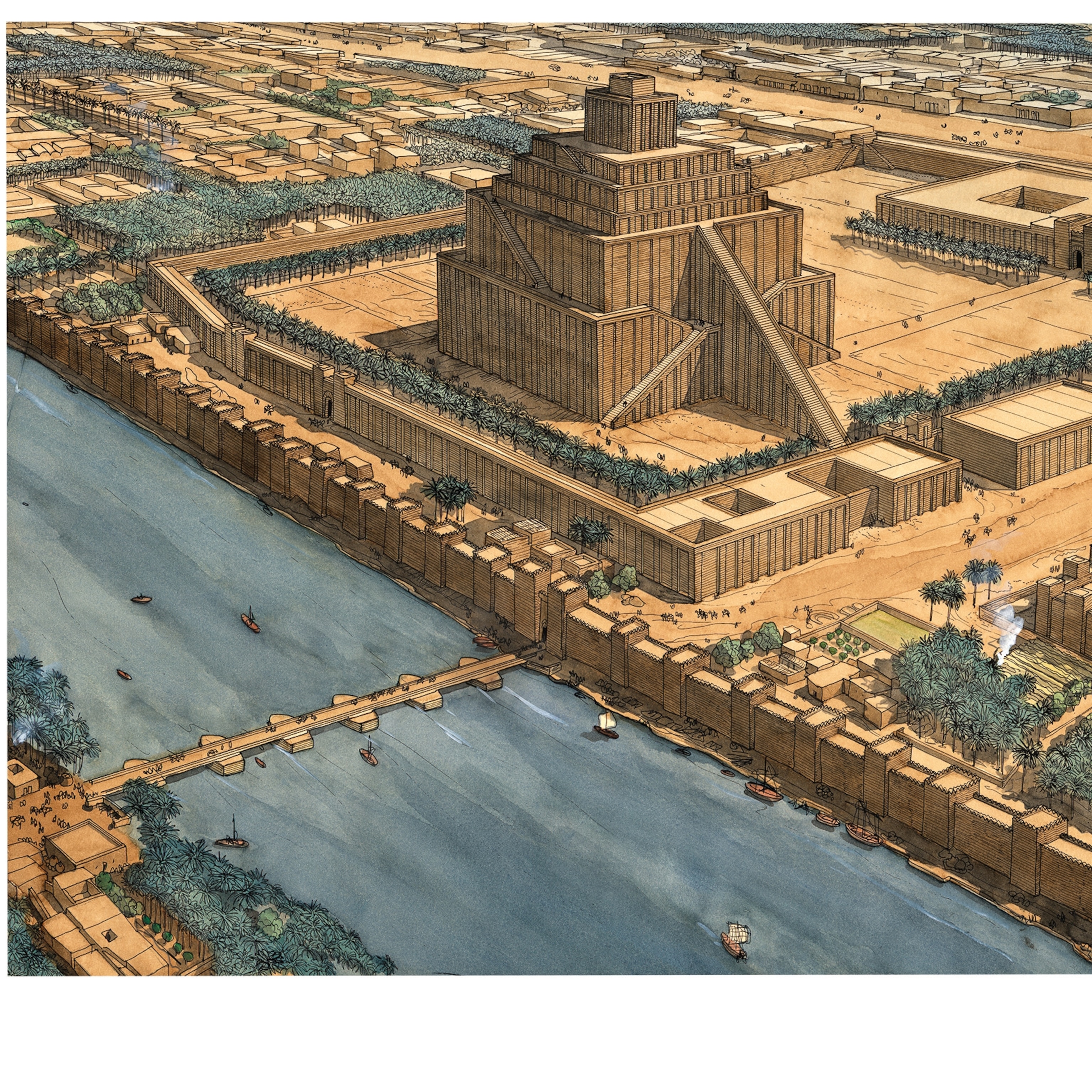That Time Mob Violence Inspired Gun Control in America
It might sound like politicians are repeating themselves when they argue for or against tighter gun control. But this conversation began almost a century ago.


Consider the situation: Gun crimes are on the rise, and the guns that criminals use are military-style weapons, capable of firing rounds with unprecedented speed and ferocity. Cities—where more people live than ever before—are becoming unsafe. The United States leads other industrialized countries in gun-related deaths. And scores of citizens, including the liberal president, are calling for action.
But this isn’t 2016. It’s 1934—a year in which the United States faced unprecedented challenges from a new kind of gun and a new kind of criminal, and the country responded with new laws.
The weapon in question was the tommy gun. Named for its inventor, John T. Thompson, the tommy gun is the kind of short machine gun you see in old-timey mob movies, usually with a cylindrical drum of bullets hanging from the barrel. And the tommy gun really was the weapon of choice for mobsters and bandits, who were a major part of the American consciousness during Prohibition and the Depression.
“By the late 1920s, through popular culture, through news reports, through movies, you have this rising crime rate where criminals are using weapons like the tommy gun, like the sawed-off shotgun,” says Robert Spitzer, a professor of political science at SUNY Cortland and the author of several books on the history of gun control.
“A cry arose in the country to regulate these weapons,” he says.
And that cry sounds a lot like the arguments we hear today.
“Why should desperadoes, brazen outlaws of the period, be permitted to purchase these weapons of destruction?” wrote the editors of the Waco News-Tribune in 1933 after the Texas—yes, Texas—statehouse passed a ban on fully automatic weapons.
When New York state banned submachine guns, the Ironwood Daily Globe in Ironwood, Michigan, called it a “a very excellent law” and went on to say, “It is hard to think of any good reason why every other state in the union should not copy it at once.”
That was also in 1933, the same year that New York’s previous governor, Franklin Delano Roosevelt, became president of the United States. Roosevelt favored a registration law for machine guns. And he also favored a new approach to how the federal government interacted in Americans’ everyday lives.

Along with New Deal legislation that gave the federal government a larger role in economic development, Roosevelt—and J. Edgar Hoover’s fairly new Federal Bureau of Investigation—championed an expansion of Washington’s law enforcement powers. These expansions targeted crimes that were very much in the public consciousness. After Charles Lindbergh's baby was kidnapped, kidnapping was made a federal crime. In the days of John Dillinger and Bonnie and Clyde, robbing any federally insured bank became also became a federal crime. And with tommy gun-toting gangsters on movie screens and in real-life back alleys, the White House’s focus turned to machine guns and short or sawed-off shotguns.
The National Firearms Act of 1934 required registration and a tax of $200 (almost $3,600 in today’s dollars) on all so-called gangster weapons, a category that included the tommy gun and sawed-off shotguns. While gangsters might’ve been able to pay the fine, they weren’t keen to be registered, which meant getting fingerprinted and photographed. This created a new legal loophole for the Feds to bust mobsters on whom pinning charges would’ve been otherwise difficult; simply having an unregistered gun was enough to prompt an arrest.
This doesn’t mean the 1930s were a time when any gun control laws could pass. “There was profound opposition,” says UCLA law professor Adam Winkler, author of Gunfight: The Battle over the Right to Bear Arms in America. The National Rifle Association (NRA) was instrumental in removing provisions from the 1934 law that would’ve required the licensing of handguns. And while the Second Amendment wasn’t often evoked in the debate over the law, Attorney General Homer Cummings was up front about the fact that, in an effort to stay in line with the Constitution and prevailing thoughts on the federal role in policing the public, the legislation only taxed and regulated guns and did not ban them.
Despite the opposition, the legislation passed.
“It was very effective,” Spitzer says of the National Firearms Act. “When people shrug their shoulders and say gun laws don’t work, all you have to do is point to the 1934 law.”
State laws went even further in this time. Spitzer has chronicled how many states banned gangster weapons outright. And a handful of states even banned semiautomatic firearms, which, unlike the tommy gun, require a shooter to pull the trigger for every round fired. The military-style rifle used in many modern mass shootings, the AR-15, is a semiautomatic gun.
The mainstream debate about gun control occasionally came to the fore over the following decades, but Spitzer and Winkler say it wasn’t until the late 1970s that it took on the energy we still see today. That’s when the NRA became more politically powerful. State laws were loosened or repealed. Gun technology advanced and American politics shifted. In 1939, the Supreme Court had upheld the National Firearms Act. In 2008, the court struck down Washington, D.C.’s gun regulations.
But for both sides of the gun control debate, Winkler says there are lessons from the '30s that apply today.
“One lesson is that even from the earliest days, broad gun proposals were fought by gun advocates and successfully defeated,” Winkler says. Second, as calls for increased gun regulation continue, he says the past shows us that “the types of gun laws that do pass are the ones that target criminals and people who are untrustworthy with firearms.”







